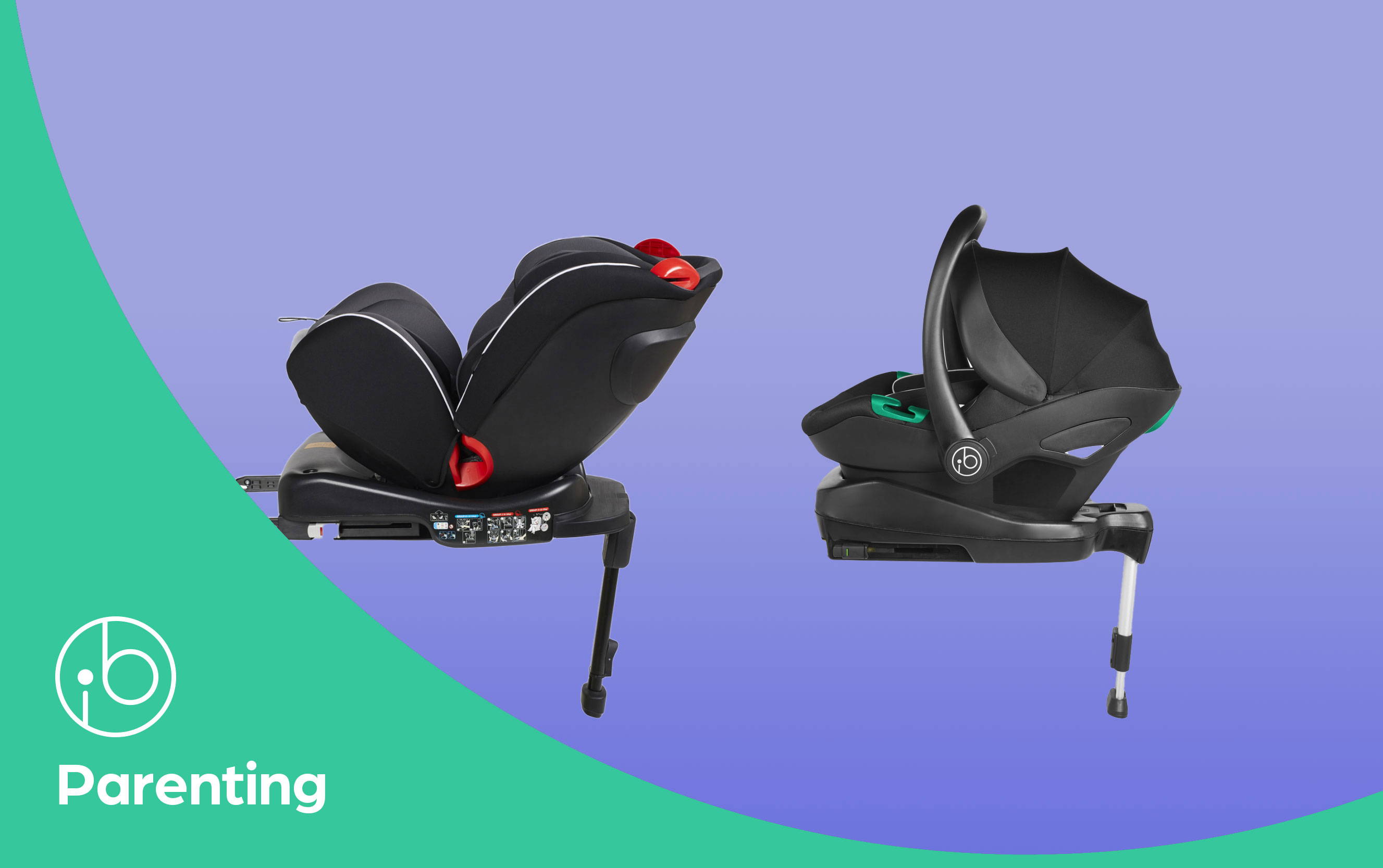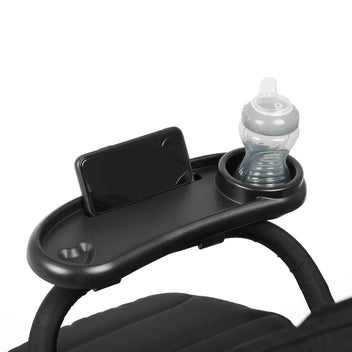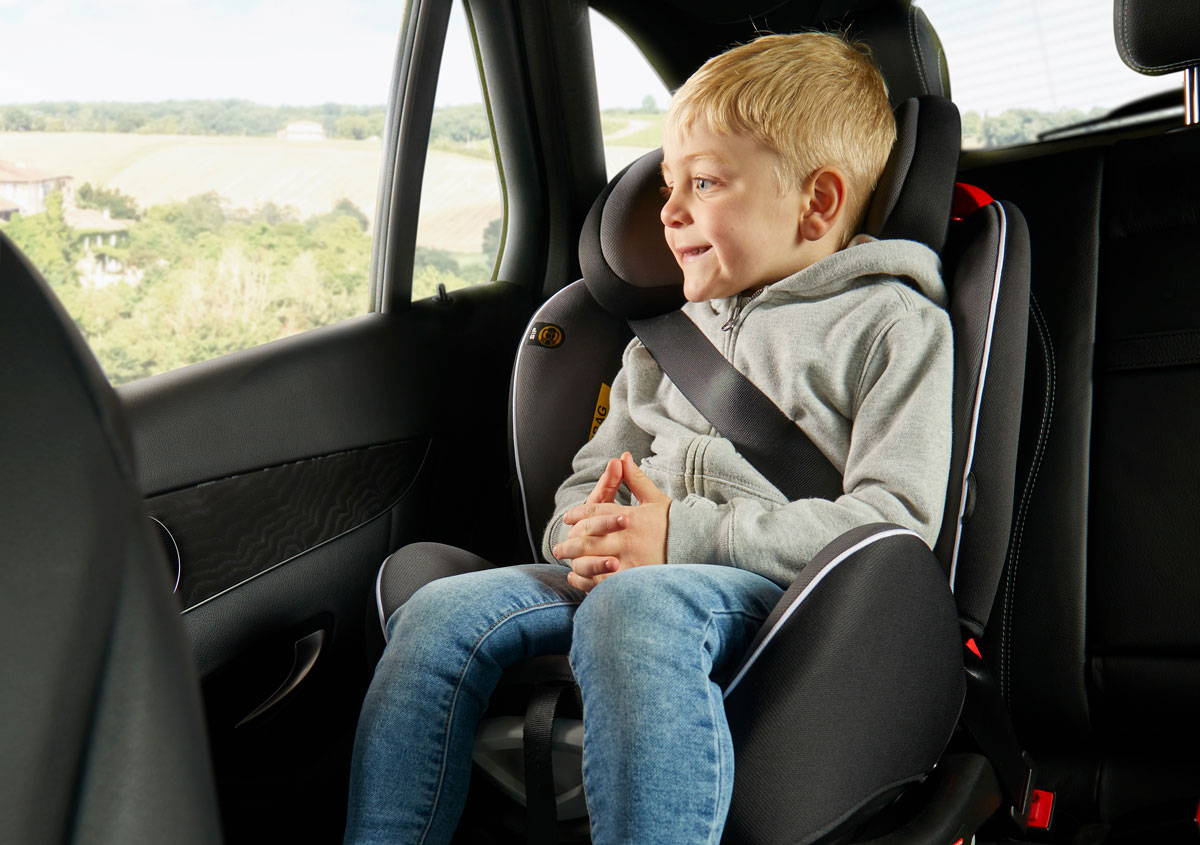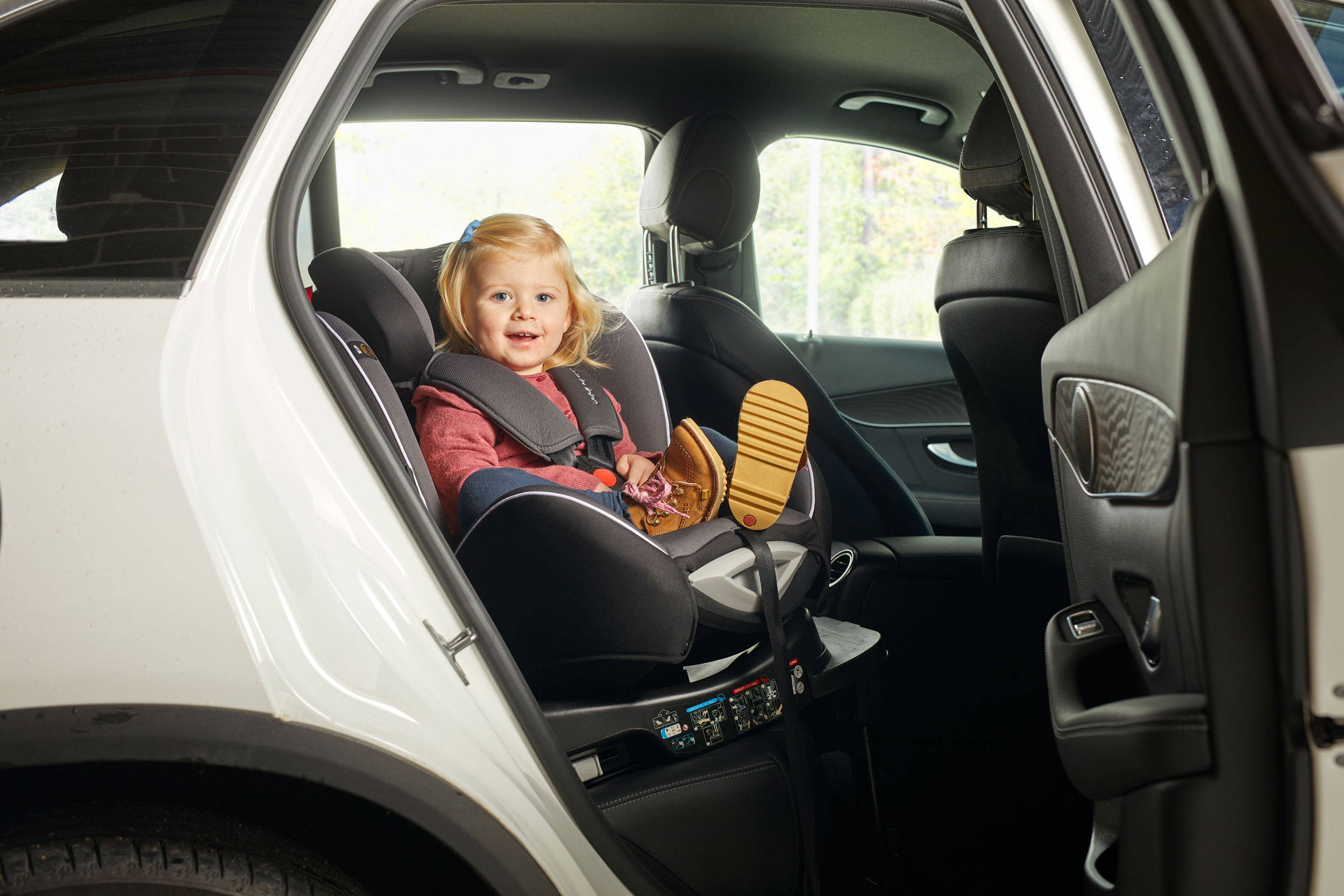


If you’re in the market for a car seat for your impending bubba, then you may have heard the phrase ISOFIX used a lot. But what is an ISOFIX car seat and how can it help you? Read on, as we’ve covered the important information and a guide to fitting.
So, first thing’s first: let’s look at some FAQs from new and expectant parents about ISOFIX, from what it means to the benefits.
What is ISOFIX? ISOFIX is the international standard for car seat connection points. It covers Group 0/0+ and Group 1 car seats and uses anchors attached to car chassis to secure the infant carrier.
What is the difference between ISOFIX fitting and seat belt fitting? With traditional belt-fit car seats, the car seat belt is wrapped around or through the car seat shell to keep it in place. With ISOFIX, metal alligator-style clips at the back of the car seat clip onto anchor points hidden in the back seat cushions. In some cars, an additional ‘top tether’ seat belt is also used to secure the car seat in place.
What is an ISOFIX car seat? An ISOFIX car seat refers to a car seat that includes an integrated base platform, which is fitted with the metal ISOFIX clips. These are then secured to the anchor points to keep the car in place. This type of car seat is then left in the car at all times, rather than being clipped and unclipped with every use.
What is an ISOFIX car seat base? An ISOFIX base is an individual base platform that includes ISOFIX anchors which connect to the car. The car seat is then clipped into the base and can easily be removed with the click of a button. This is generally a feature of Group 0/0+ car seats that also double as travel systems, allowing you to unclip the seat from the base and secure it to the pushchair frame.
Are ISOFIX and i-Size the same? Often when car seat shopping you will see ISOFIX and i-Size used together but they are not the same. ISOFIX refers specifically to the method of securing the infant carrier to the car chassis, whereas i-Size is a European Safety Standard (R129) which refers to the method of measuring baby’s height in centimetres to determine when they have outgrown a car seat.
Are ISOFIX car seats safe? ISOFIX is widely seen as a more reliable way to secure a car seat, as the car seat clips grip the car anchor points and can only be removed by pressing a button to unclip them. Most ISOFIX seats and bases are fitted with visual indicators that are red when the seat is unattached and turn green when the anchor points are secure.
Traditional seat belt fitted seats are still safe and reliable but have a larger margin of error that factors in how they are installed. It is possible to install a belt-fit car seat incorrectly, especially is the seat belt is loose or twisted.
What are the benefits of an ISOFIX car seat? The benefits of an ISOFIX car seat is that it allows you to fit your seat correctly each time. ISOFIX bases reduce the chance of human error while fitting, so you can be sure your child is safe and secure.
What are the benefits of an ISOFIX car seat base? The benefit of an ISOFIX car seat base is that it allows you the freedom of moving your car seat from the car to your travel system, without having to uninstall the base. The base remains in your car and the car seat is clicked into and out of the base. This means you never have to worry about re-installing the base each time you use your car seat.


Now we’ve got the basics out of the way, we can look at how to install both an ISOFIX car seat and an ISOFIX base.
How do I know if my car is ISOFIX compatible? ISOFIX has been a standard fixture on modern cars since the mid-late 2000s, so it’s likely that most cars, even second hand, will have ISOFIX. However, it’s always important to check your manual first to be sure.
Another great way to tell, is to check the back seats. Many cars include an ISOFIX label above their anchor points, so it’s quick and easy to see if your car is compatible.
Installing a car seat with ISOFIX Each manufacturer may have a slightly different design for their car seat, but fundamentally, most ISOFIX car seats work in exactly the same way.
To install your ISOFIX car seat to your car:
1. Choose the side you want to fix your car seat too (if your car includes a top tether, make sure you’re on the corresponding side) 2. Place your infant carrier on the car’s back seat 3. Line up the ISOFIX connectors to the car’s anchor points (these might be hidden in the seat fabric) 4. Make sure both connectors are at the right angle 5. Push your infant carrier back towards the seat ensuring the anchor points slide into the ‘teeth’ of the ISOFIX clips 6. Once you’ve heard a ‘click’ stop pushing 7. Check the visual indicators located on the sides of your car seat, just along from the clips 8. When the red indicator has turned green, this means your car is connected
Installing an ISOFIX top tether Top tethers help to secure the ISOFIX car seat more firmly. They usually appear on car seats that do not include a support leg. A top tether is secured by pulling the strap tightly (sometimes through the headrest) and connecting the clip at the end of the strap to the top tether anchor point in the back of your car. This anchor point is usually clearly labelled and can be found either in the ceiling or in the car boot behind the rear seats.
Installing an ISOFIX base
The installation of an ISOFIX base is very similar to a car seat, with the exception that all the connectors are attached to the base, rather than the seat itself. So, you can install a car seat base and then attach the car seat later.
To install your ISOFIX base:
1. Choose the side you want to use 2. Place the ISOFIX base on the car’s back seat 3. Line up the ISOFIX connectors with the car’s anchor points 4. Pushchair the base backwards towards the seat ensuring the connectors line up 5. Once you hear a click stop pushing 6. Check the visual indicators are green – this means it is properly installed
Attaching a car seat to an ISOFIX base Attaching a car seat to an ISOFIX base is incredibly easy, and ideal for loading and unloading your car seat quickly. It most cases, the car seat will simply slide into the base and make a 'click' sound to show it is connected. Always consult your car seat manufacturer’s user guide for the most accurate instructions.
There we have it, now you’re an ISOFIX pro. Hopefully now you know the benefits as well as what to do, you can get your car seat up and running for your little one in no time.
Check out our range of car seats and car seat bases. And, of course, if there’s anything you’re still unsure of, our Customer Care team are always happy to help.